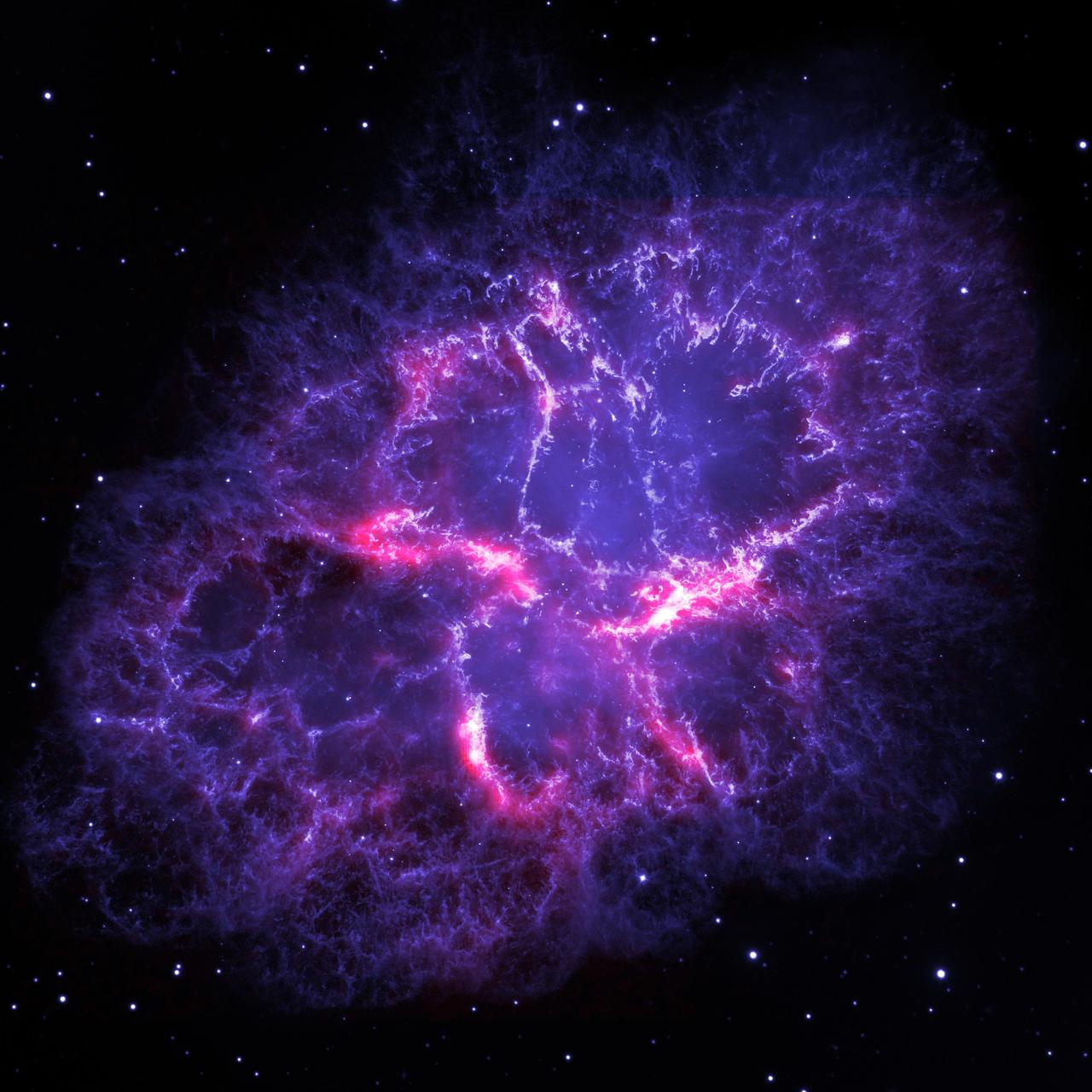Crab Nebula: Noble gas molecules detected in space for the first time
Molecular ions of argon hydride were detected in supernova remnant

Your support helps us to tell the story
From reproductive rights to climate change to Big Tech, The Independent is on the ground when the story is developing. Whether it's investigating the financials of Elon Musk's pro-Trump PAC or producing our latest documentary, 'The A Word', which shines a light on the American women fighting for reproductive rights, we know how important it is to parse out the facts from the messaging.
At such a critical moment in US history, we need reporters on the ground. Your donation allows us to keep sending journalists to speak to both sides of the story.
The Independent is trusted by Americans across the entire political spectrum. And unlike many other quality news outlets, we choose not to lock Americans out of our reporting and analysis with paywalls. We believe quality journalism should be available to everyone, paid for by those who can afford it.
Your support makes all the difference.Noble gas molecules have been detected in space for the first time ever, a team of astronomers has announced.
The detection was made in the Crab Nebula, the remnants of a star that exploded 1,000 years ago and is 6,500 light years away, using the SPIRE (Spectral and Photometric Imaging Receiver) on board the European Space Agency’s Herschel Space Observatory.
The noble gases (argon, helium, neon, xenon, radon and krypton) are chemically unreactive, and therefore do not easily combine with other elements. In the right circumstances, they can form molecules, although this had only ever been achieved on Earth in laboratory conditions.
However, noble gas molecules in the form of argon hydride ions have now been detected outside the laboratory, in space.
“Discovering argon hydride ions here was unexpected because you don’t expect an atom like argon, a noble gas, to form molecules, and you wouldn’t expect to find them in the harsh environment of a supernova remnant,” said Professor Mike Barlow from University College London who led the study.
Initially, Barlow’s team of astronomers was looking to examine how exploding stars create such huge amounts of dust. But when studying emission lines (the wavelengths emitted by molecules spinning in space), the team noticed some unexpected readings.
The light coming from some regions of the Crab Nebula was showing “extremely strong and unexplained” peaks in intensity, ranging from 618 GHz to 1235 GHz. Upon consulting the databases of known properties of molecules, the scientists concluded that these wavelengths could only be coming from spinning molecular ions of argon hydride. The team further concluded that only the argon-36 isotope could rotate at such a rate.
Scientists had previously hypothesised that the elements created by supernovas should include a lot of argon-36 and no argon-40, which was supported by the discovery.
Professor Matt Griffin from Cardiff University said: “Here we see the excellent performance of the Herschel-SPIRE spectrometer, the expertise of the instrument team in producing the highest quality data, and the tenacity and vision of the scientists analysing it, all coming together to make an intriguing new discovery.”
Join our commenting forum
Join thought-provoking conversations, follow other Independent readers and see their replies
Comments